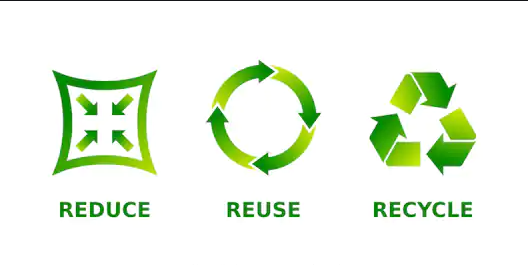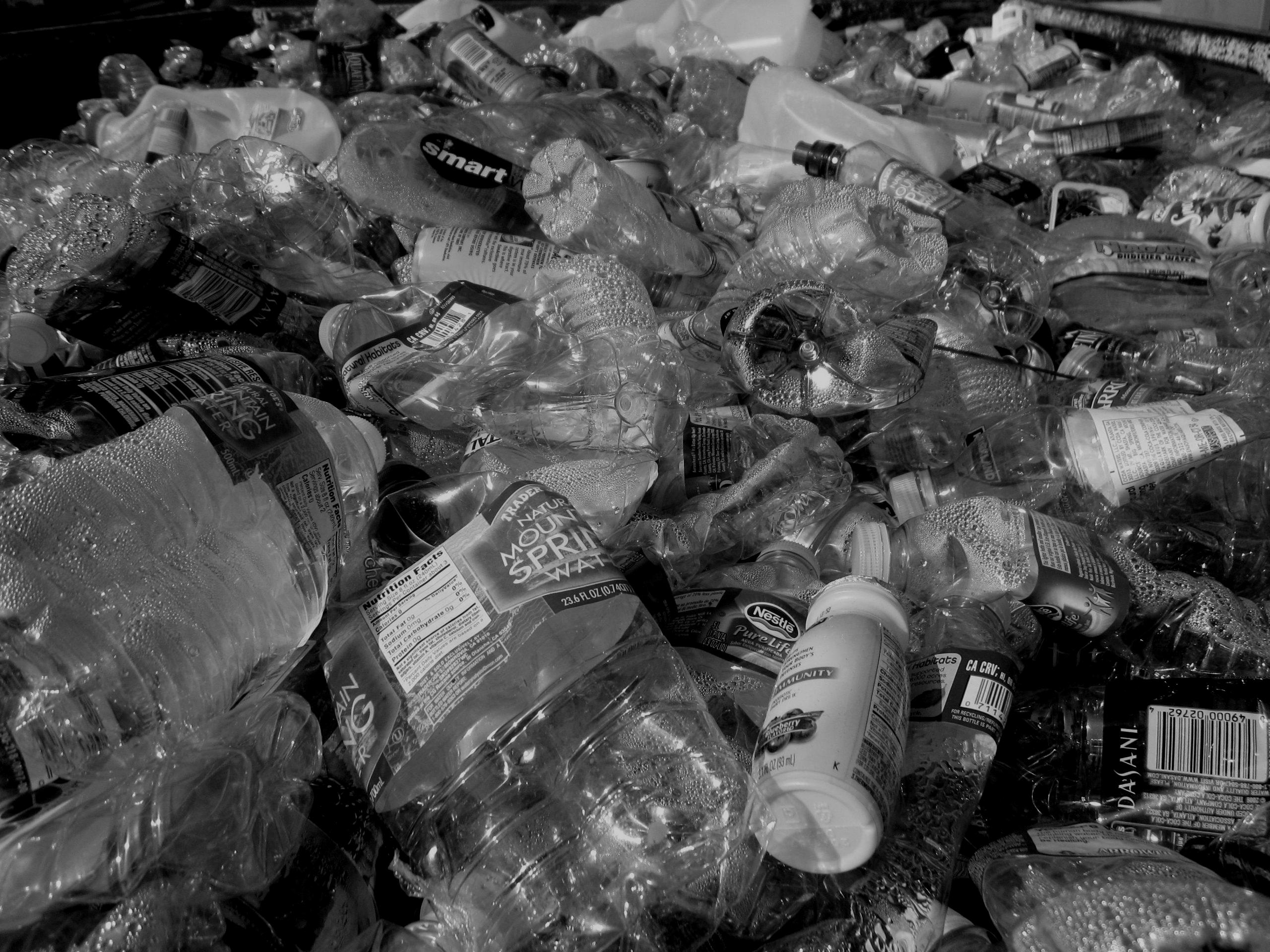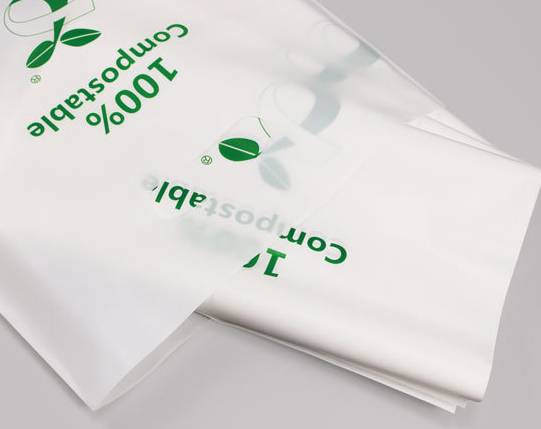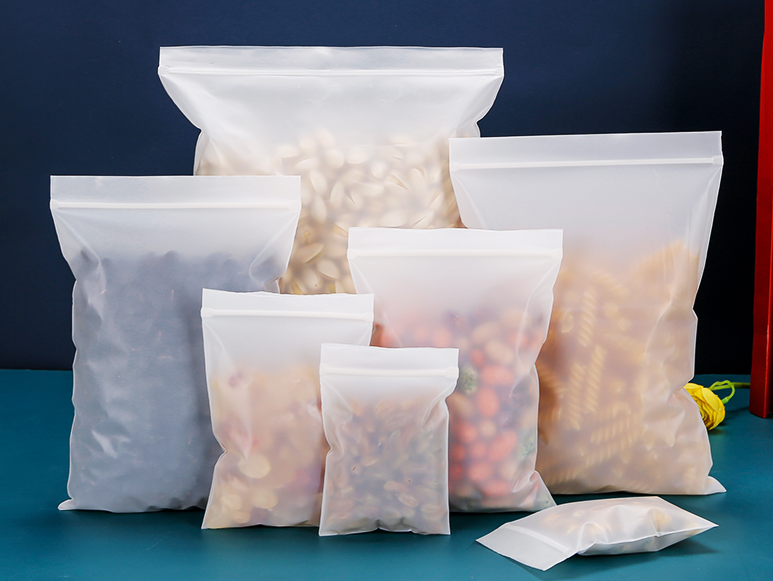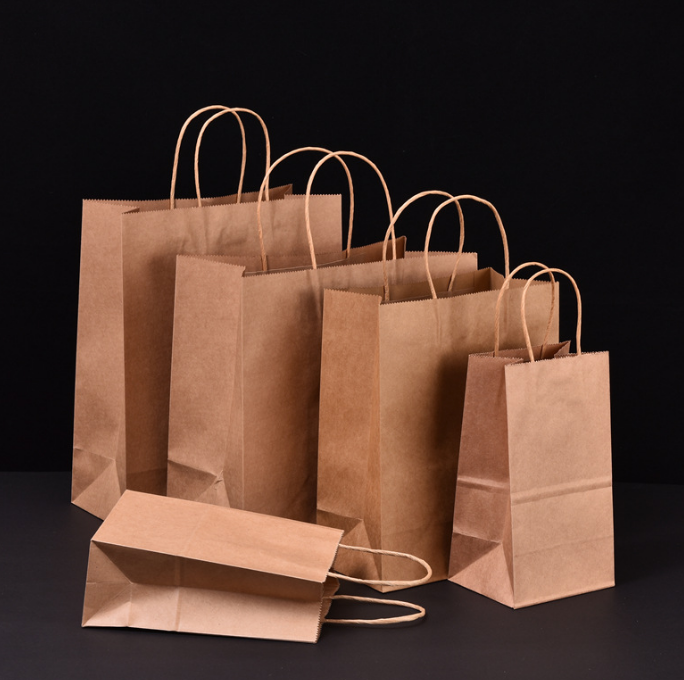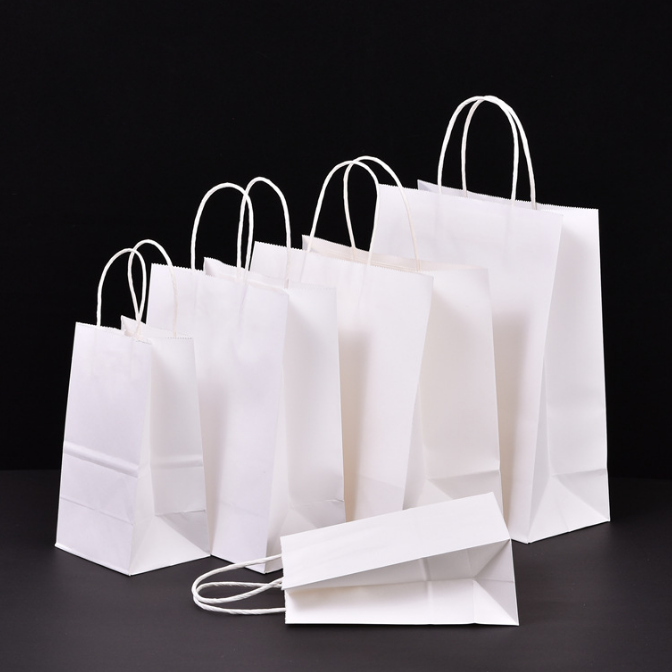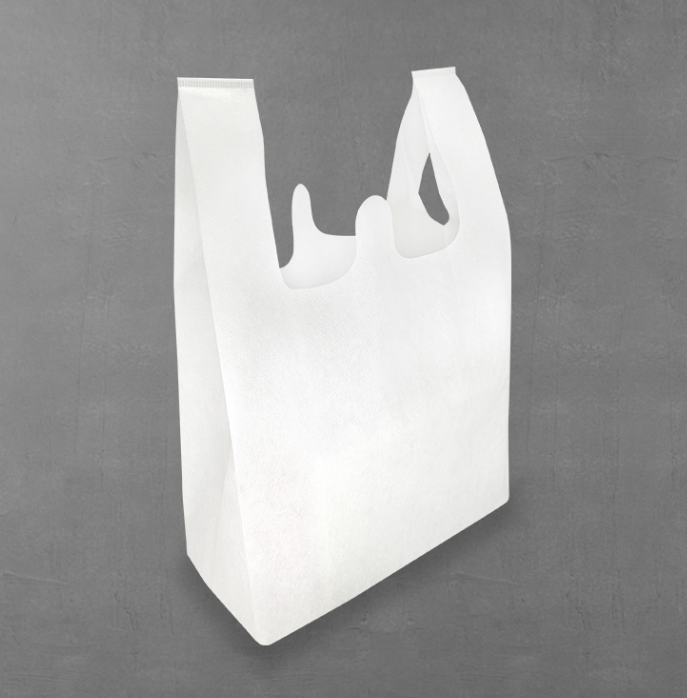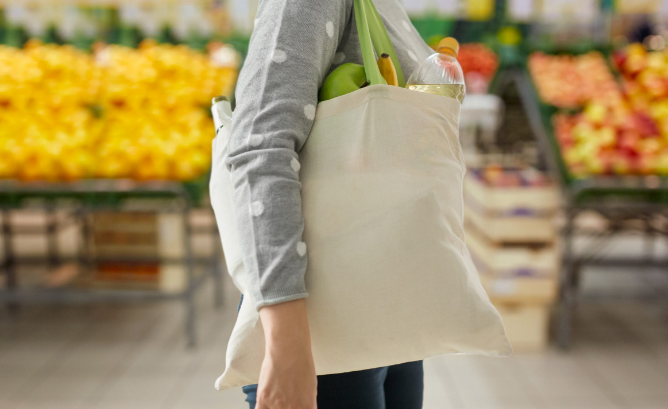Introduction
Since 6.1 2022, NSW Australia has banned the use of single-service plastic packaging. Actually, what happens in Australia NSW is not that hard to expect.
In recent years, the trend of eco-friendly packaging has become increasingly strong because of global warming.
A city like Seattle even ban the use of plastic straws and utensils in restaurants in June 2018.
There is no doubt that we will see similar laws targeting plastic packaging will sprout around the world.
Under such conditions, what packaging can we choose to replace the plastic packaging? We can not deny that plastic bags make a great convenience to your daily life. They are affordable and lightweight, which makes them proper in many circumstances.
Can we find alternatives to plastic packaging? The answer is yes.
In many areas, people already found the new packaging.
Through this blog, you will know the most popular kinds of Eco-Friendly Bag Packaging which serve as alternatives to plastic packaging.
Do not miss it!
The blog will include the following content
Plastic Pollution Around the World
Eco-friendly Bag packaging
PLA Bag
Non-woven Bag
Calico Bag
Plastic Pollution Around the World
The world produces about 300 million tons of plastic waste each year, of which more than 8 million tons enter the ocean, equivalent to dumping a garbage truck full of plastic into the ocean every minute.
In addition, the global annual use of plastic bags is about 1 trillion, and plastic bottles are about 200 billion.
Difficult to degrade plastic bags, and plastic bottles will exist in nature for hundreds of years.
Since 2000, the global consumption of plastic products has been equivalent to the sum of all years consumed before 2000, one-third of which ended up dumped in the natural environment.
In turn, plastic waste enters the human body through water sources.
A previous survey found that the global per capita intake of 1,796 plastic particles through drinking water, according to the weight of these plastic particles is about 5 grams, equivalent to the plastic used in a credit card, a year calculated about 250 grams, that is, 50 credit cards.
If this continues, sooner or later, the earth will not only be covered by plastic waste, but clean drinking water will also be less and less.
Therefore, many countries have taken action, some completely ban plastic bags, some are in the active research and development of alternatives, and some set up a long-term “plastic ban” goal.
Eco-friendly Bag packaging
PLA Bag
Packaging bags can be divided into biodegradable bags and non-biodegradable bags according to their degree of environmental protection.
Degradation can be divided into “degradable” and “full degradation”.
General biodegradable bags refers to the production process to add a certain amount of additives, such as starch, modified starch or other cellulose, photosensitizers, biodegradable agents, etc., so that their stability decreases, and then easier to degrade in the natural environment of plastic packaging bags.
Fully degradable bags are plastic products that are all degraded into water and carbon dioxide.
The main raw material of this fully degradable material is processed from corn, cassava, etc. into lactic acid, also known as PLA.
PLA material
PLA (polylactic acid) is a new type of degradable material that can be prepared by extracting starch from renewable plants, then making lactic acid through biological fermentation, and finally through chemical synthesis
PLA has excellent degradability and can be completely degraded by microorganisms in the end.
Products made from PLA can be completely degraded to CO2 and water after use, which is also non-toxic and non-irritating, That’s why
It is a widely recognized environmentally friendly material.
PLA has similar mechanical properties to polypropylene, while its gloss, clarity, and processability are similar to polystyrene, and its processing temperature is lower than that of polyolefin.
It can be processed into various packaging materials, fibers, and nonwovens through injection molding, extrusion, blistering, blow molding, spinning, and other general plastic processing methods, and is widely used in industrial, agricultural, medical, and civil fields.
The Pro and Con of PLA material
- Advantages
Biodegradable materials have their advantages in terms of performance, practicality, degradability, and safety.
In terms of performance, biodegradable plastics can reach or exceed the performance of traditional plastics in some specific fields;
In terms of practicality, biodegradable plastics have application performance and health performance similar to similar traditional plastics;
in terms of degradability, biodegradable plastics can complete degradation in the natural environment (specific microorganisms, temperature, humidity) relatively quickly after use and become fragments or non-toxic gases that can be easily used by the environment, reducing the impact on In terms of safety
The substances produced or left by the degradation process of degradable plastics are harmless to the environment and will not affect the survival of human beings and other organisms.
- Disadvantages
The biggest obstacle to replacing traditional plastics is the high production cost compared with similar traditional plastics or recycled plastics.
Therefore, biodegradable plastics have more substitution advantages in application areas such as packaging and agricultural films, which are short-lived, difficult to recycle and separate, and have low-performance requirements and high impurity content requirements.
Paper Bag
A Paper bag is a container made of paper, usually with an opening at the top for inserting objects.
Paper bags are commonly used for shopping, as they are inexpensive and disposable. Paper bags can also be recycled or reused.
Paper bags are made from a variety of paper types, including:
– Kraft paper: A type of paper made from wood pulp. Kraft paper is strong and durable, making it ideal for shopping bags.
– Recycled paper: Paper that has been used before and then recycled. Recycled paper is often used to make shopping bags.
– Laminated paper: Paper that has been coated with a thin layer of plastic. Laminated paper is more resistant to tearing and moisture than uncoated paper.
Paper bags come in a variety of sizes, depending on their intended use. Shopping bags typically range from small (10 x 15 cm) to large (60 x 80 cm). Gift bags and packaging bags can be even larger.
Paper bags can be decorated in a variety of ways, including:
– Printing: Paper bags can be printed with designs, logos, or text.
– Embossing: A design can be embossed onto the paper bag using a special plate.
– Debossing: A design can be debossed into the paper bag using a special plate.
– Foil stamping: A design can be stamped onto the paper bag using foil.
Paper bags can be made from recycled paper and are often recyclable themselves.
However, some types of paper bags, such as laminated paper bags, are not recyclable.
FSC Certification
As global forest problems became more and more serious: forest areas were decreasing, forest degradation was severe, and the area and quality of forest plants were declining,
some purchasers in Europe and the United States actively responded to environmental problems by proving that trees were legally sourced wood products, and finally the FSC Forest Certification was born to monitor the origin of wood products to ensure legality.
FSC( Forest Certification)’s mission is to promote environmentally friendly, socially beneficial, and economically viable forests worldwide through the development of recognized principles and standards for forest management.
FSC was founded in 1993 and its international center is now located in Bonn, Germany.
Non-woven Bag
Non-woven bags are a type of reusable bag made from polypropylene.
They are recyclable, durable, and lightweight, making them a great alternative to paper or plastic bags.
Non-woven bags can be used for shopping, storing items, or packing lunch. When choosing a nonwoven bag, look for one that is sturdy and has a reinforced bottom.
Avoid bags that have been treated with chemicals or dyes, as these can leach into food or clothing.
Non-woven bags are a great way to reduce your reliance on paper or plastic bags.
They are also an eco-friendly option that can help reduce waste and litter. When using a non-woven bag, be sure to wash it regularly to keep it clean and sanitary.
Avoid using it for raw meat or produce. Non-woven bags can last for years with proper care, making them a smart investment for the environment and your wallet.
We wrote a blog about the benefits of Non-woven bags, if you want to know more about the non-woven bags, read this blog:
Calico Bag
Calico bags are reusable bags that are made from a natural fiber called calico.
Calico is a type of cotton that is often used for making quilts and other types of fabric crafts.
The bags are usually brightly colored and have a tight weave, which makes them ideal for carrying groceries or other items.
The term “calico bag” can also refer to a type of shopping bag that is made from recycled materials.
These bags are often found in stores that sell eco-friendly or sustainable products. They are also sometimes given away for free at events that promote green living.
Calico bags are a great way to reduce your reliance on disposable plastic bags. They can be used over and over again, which helps to save money and reduce waste.
Read this blog to get more information about Calico bags
Why choose Primepac
At PrimePac, we bring together design experts and brand innovators to create fresh ideas, customized packages, and fully efficient processes.
We design creative packaging solutions that cater to a diverse global audience with the in-house knowledge and network of experienced professionals to meet the demands of every type of client.
From our dedicated sales team and warehouse staff in Australia to the experts at our production facilities in China, all of our employees are guided by four core values at the heart of our business: integrity, innovation, passion, and engagement.
Conclusion
So, what can you do to help? It might seem like a daunting task, but every small step counts.
If we all make an effort to reduce our reliance on disposable bags, we can start making a real difference in the amount of plastic pollution that ends up in our waterways and oceans.
And if you’re looking for some eco-friendly bag packaging options for your business, don’t hesitate to contact us.
We have a wide range of environmentally friendly packaging solutions that will suit your needs – and help keep our planet healthy and beautiful.
